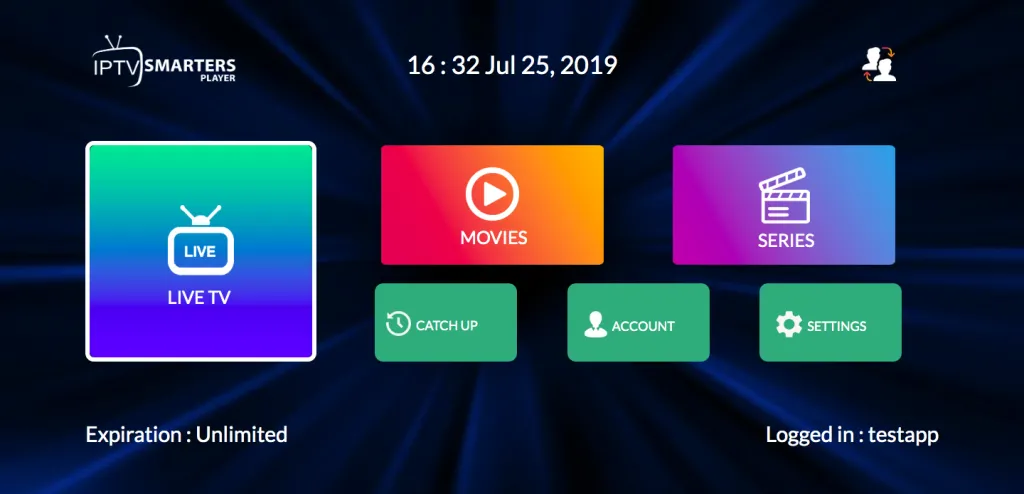
Today, the world celebrates Global Accessibility Awareness Day (GAAD), a day aimed at getting everyone talking and learning about digital accessibility and inclusion. In reflection, it was an exciting year, with many conversations focused on two topics: 1) how AI will impact the current state of accessibility and 2) the growing business case for committing to digital accessibility. Here’s a look at what we learned over the last year and what I’m excited about in 2024.
The Business Case For Digital Accessibility Ballooned In 2023
Forrester research on the business case for inclusive design reveals 17 ways that accessibility helps companies improve their bottom line across four benefit categories. In short, creating accessible experiences helps firms increase revenue, reduce costs, increase resilience, and earn trust. In 2023, we saw more firms recognize these benefits and commit to accessibility, with emerging regulations bringing a sense of urgency to the work. To summarize what we saw in 2023:
- Commitment to accessibility continues to grow. According to Forrester data, 62%, 55%, and 63% of respondents in North America, Europe, and Asia Pacific, respectively, report a top-down commitment to accessibility at their organizations with the work actually happening to deliver on those commitments. While commitment is lower in Europe, we expect new regulations in that region to drive the percentage up in the next 12 months. While over half of businesses in all regions are already working to improve digital accessibility, it’s concerning that, according to our data, 19% of companies say their accessibility initiatives are grassroots movements with no top-down support. Executive support is essential to fund professional services, technology purchases, hiring of dedicated accessibility staff, and work to remediate experiences. Focusing on making the business case for accessibility will be critical for these firms in 2024.
- DEI is still a driver behind those commitments but is waning in its influence. While commitments to diversity, equity, and inclusion (DEI) drove this percentage up in recent years, we’re now seeing the pendulum swing back toward compliance being the primary driver prompting companies to commit to digital accessibility. While part of this is due to new regulations putting pressure on businesses to create accessible experiences, there’s also the reality that some organizations are reversing course on DEI efforts. This makes the argument that “accessibility is an important reflection of our DEI commitment” a less compelling one than it was in recent years.
- Regulations in Europe and the US elevate awareness among firms that have yet to act. The European Accessibility Act requires companies that do business in the EU to create accessible digital experiences, with compliance deadlines approaching in 2025. Here in the US, we’re finally starting to gain some much-needed clarity on how the Americans with Disabilities Act (ADA) applies to digital experiences, with a final ADA Title II rule issued by the US attorney general in April requiring state and local governments to make their websites and mobile apps accessible. It will likely serve as a model for similar updates to Title III of the ADA — the part that applies to businesses — in the future. A proposed California bill (AB-1757) has caught the attention of many because it would expand liability to third-party developers and give consumers with disabilities and businesses the right to sue developers for creating sites that are inaccessible. It’s currently held in the Senate Appropriations Committee at the request of the bill’s author but is likely to return at some point this year.
What To Focus On In 2024
There are three key focus areas for companies looking to mature their digital accessibility efforts in 2024. Investing time and resources in these areas will prepare companies to meet emerging regulations and unlock the many business benefits of accessibility discussed above.
- Implement proven practices for creating accessible experiences. Despite high, and growing, levels of commitment, many firms lack the proven practices to get accessibility right. In a recent Forrester survey, only 39% of businesses in North America indicated that accessibility is a formal requirement on projects, and a mere 29% gather feedback from people with disabilities on their products. Work with digital product managers at your organization to ensure that accessibility is part of the definition of “done,” meaning that you won’t ship products without it, then work with your experience research team to put mechanisms in place to solicit input from customers with disabilities throughout your design process.
- Focus on accessible procurement. Of companies that have people working on accessibility, only 47% consider accessibility when evaluating potential services and/or technology vendors. That percentage is higher in certain industries like public sector and education (54%), healthcare (53%), and high-tech manufacturing (61%), but these percentages still reflect that many firms aren’t recognizing the criticality of this ingredient. It’s as important to embed accessibility into an organization’s procurement practices as it is to integrate accessibility testing at each phase of the software development lifecycle. It means adopting as a policy that the company will only work with service and technology vendors that are committed to creating or building accessible experiences, whether those experiences are for the organization’s customers or for its employees.
- Adopt digital accessibility platforms to help scale best practices. Organizations are increasingly adopting digital accessibility platforms to identify accessibility issues, fix them, and monitor and report on the accessibility of digital experiences. These platforms help teams identify accessibility issues, facilitate remediation of issues, and monitor and report on the accessibility of digital experiences. They increasingly incorporate AI features, such as the ability to generate a design or code fix for an issue, to help makers of experiences improve accessibility faster.
This post was written by Principal Analyst Gina Bhawalkar, and it originally appeared here.

